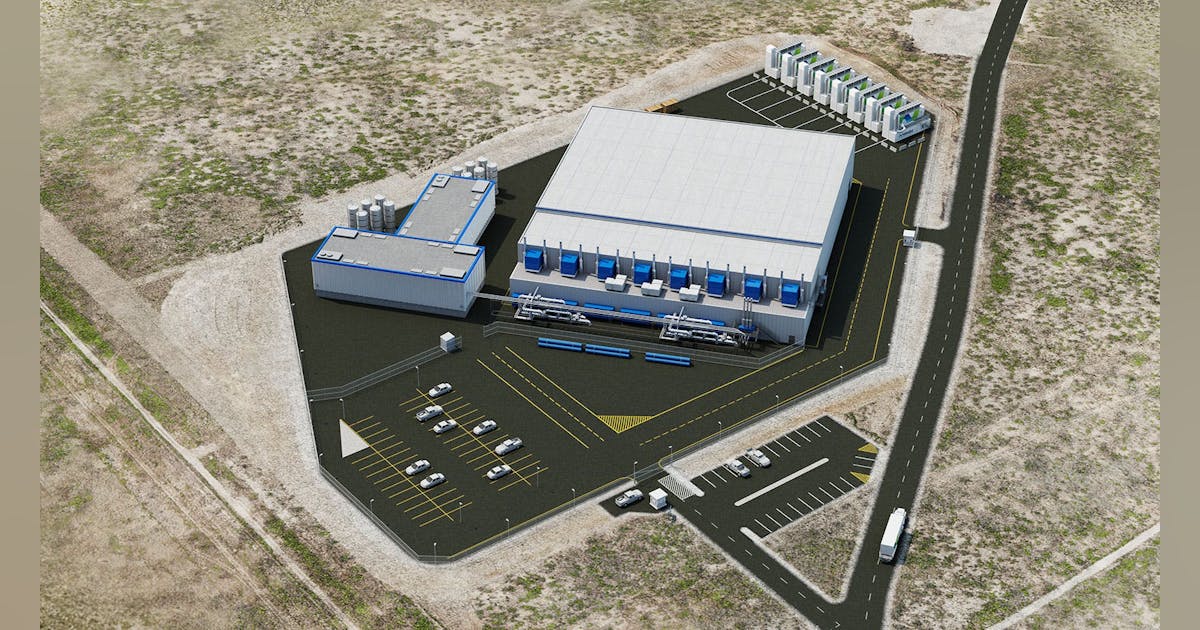
- Performance requirements (reduced latency, jitter, packet drops): 67.1%
- Increased bandwidth consumption: 59.9%
- User mobility (roaming, broader coverage): 53.3%
- Connectivity for operational technology (industrial systems, medical imaging, video surveillance): 50.0%
- Return-to-office policies driving up office occupancy: 48.7%
- Density requirements (users congregating): 44.7%
- End-of-life network equipment: 40.8%
- Need for location-based services: 40.1%
“End-of-life equipment is not the huge driver you’d think,” McGillicuddy said. Instead, he said the research shows that the upgrades are driven by fundamental changes in how networks are being used.
Among the trends that are reshaping Wi-Fi requirements is hybrid work—managing both remote and on-premises access creates complexity. In addition, collaborative space usage and a shift from assigned desks has led to employees working from myriad building locations, requiring enterprises to rethink network coverage and roaming capabilities.
The applications and devices in use today are also impacting Wi-Fi design choices. Bandwidth-intensive applications, such as real-time video and collaboration, are highly sensitive to network conditions. And employees are connecting not only laptops but also smartphones, wearables, and other Wi-Fi-enabled devices, which can increase concurrent connections and coverage demands.
Unified network access and security
On the security front, enterprises are prioritizing unified solutions for on-premises and remote access, focusing on stronger, more flexible security to support zero-trust environments, according to EMA.
“Security is always top of mind for networking teams,” McGillicuddy said. “Despite the fact that it’s the cybersecurity team that gets all the credit for security, the enterprise network team is often responsible for rolling out a secure infrastructure.”
Hybrid work has revealed that organizations often manage on-premises access and remote access through separate, siloed technologies, according to McGillicuddy. The research found that 100% of IT professionals surveyed want a unified platform for both. EMA survey respondents shared that they believe the benefits of universal network access management are:






















